- 0% APR Financing Available for up to 3 months*
-
Lifetime Upgrade
We are committed to serving our customers not only for a sale, but during a lifetime.
More Info
-
Jewelry Warranty
For your peace of mind, all B2C Jewels items are covered by a 1-year warranty.
More Info
-
Price Match Gaurantee
B2C Jewels is committed to offer the best price available on certified diamonds.
More Info
Loose Diamond Educational Videos
Video Transcriptions >
Know More
Did you know you may be able to save thousands of dollars by choosing the right color grade for your diamond? Hi, I'm Brian from B2C Jewels and in this video we're going to talk about diamond color.
Most shoppers are looking for a diamond with no color or tint. The GIA grades color on a scale of D to Z, with each letter representing the 'white-ness' of the diamond. The grade D is given to bright,icy diamonds, without no presence of yellow or any other tint. From D the grades drop through E,F,G and so-on, gradually descending to Z.
Looking at this scale, you might think D, E and F are the only colorsto consider. But, that's not quite true.
The gemologists at the GIA have a set of color-master diamonds. When grading a diamond’s color, they place it upside-down, next to these masters and view it from the side. This is how diamonds are color-graded: Using a side-by-side comparison view.
But diamonds are not viewed from the side. They are viewed face-up. Many elements can help a diamond “face-up” differently than its lab-assigned grade.
In fact, very few people can actually tell one color grade apart from another, especially when looking at just that diamond, and not comparing it with other diamonds. Diamonds between the grades D to H are known as "face-up white diamonds". This means that when they are set face-up in an engagement ring, all of those colors appear white to the untrained, naked eye.
Cut quality also influences how your diamond looks. Remember that the color grade was assigned from underneath. But the very best cut diamonds can appear whiter than their lab grade when seen face-up, while diamonds cut with below average quality can actually look more tinted.
Did you know the setting you choose for your engagement ring also influences the diamond’s color? Diamonds reflect the color around them. So, when set in a yellow gold or rose gold setting, the diamond is going to show tints of yellow. This means even a K, L or M color diamond can look good in a yellow gold setting. In fact, you might consider this a fantastic deal since you can get a larger carat weight for the same budget if you lower the color. For white gold or platinum setting, diamonds from D to J all face-up beautifully.
Besides the metal, settings with pave or accent diamonds on the shank or within a halo can influence how the diamond appears. Especially with pave and halo, where the small diamonds are very bright together, be sure your center diamond’s color is a close match. Or choose a slightly lower color for the accent diamonds to make your center diamond look even whiter.
Different shapes also show color differently. Round brilliant cutsand modern cushion brilliants face up whitest, with the Princess and Radiant close behind. Other brilliant styles like the oval, pear and marquise face-up white in the center, but their points and edges can show tint as you descend in color. Finally, step-cuts like the emerald and Asscher, with their long, flat facets and large tables will typically show more color throughout than their cousins in the brilliant family.

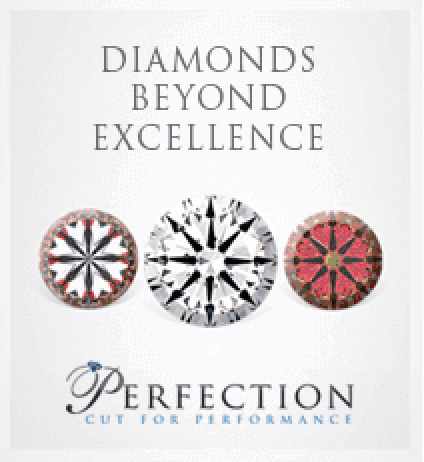
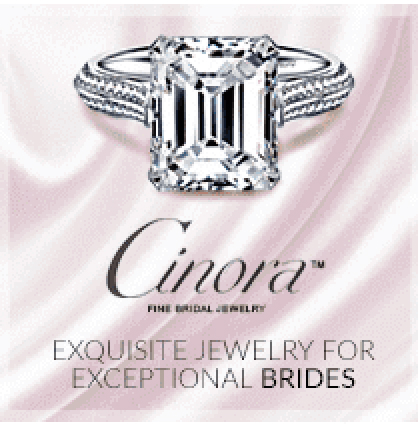
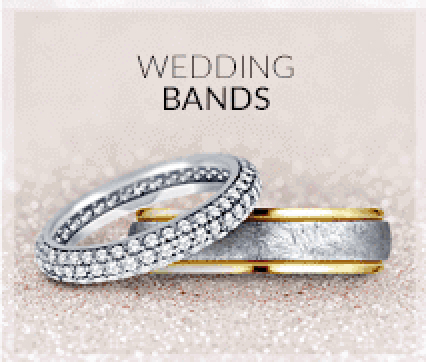
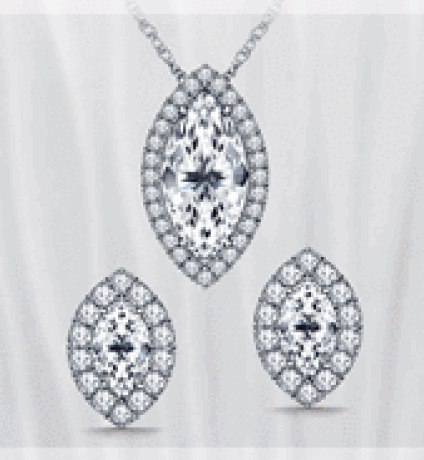
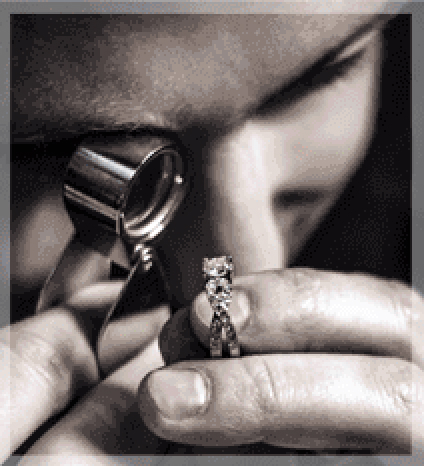


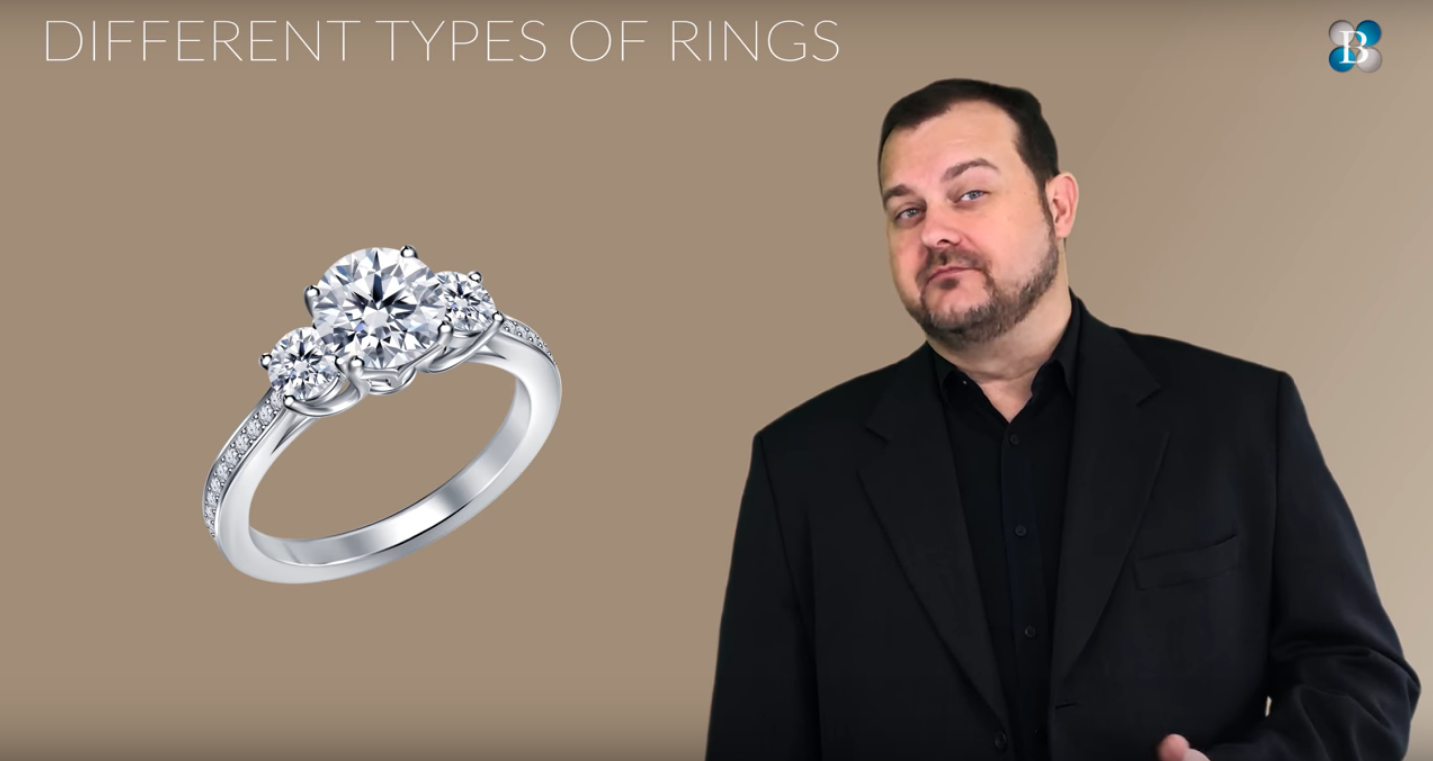 Engagement Ring Styles
Engagement Ring Styles
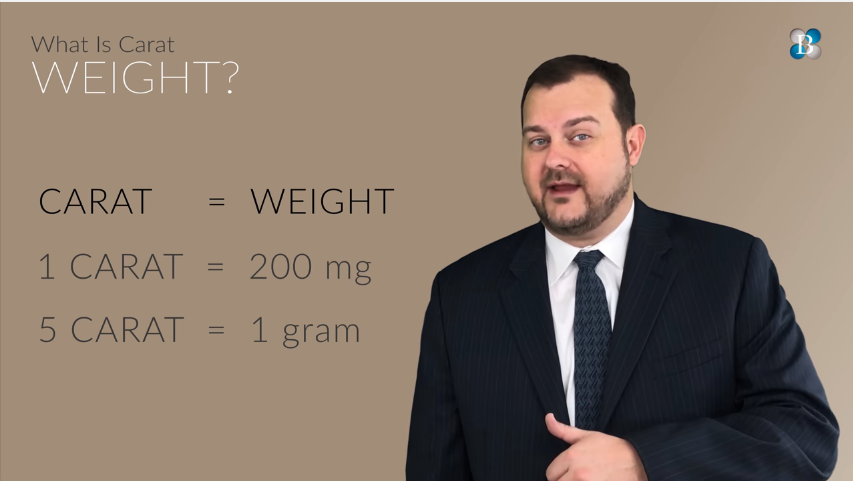 Guide to Diamond Carat
Guide to Diamond Carat
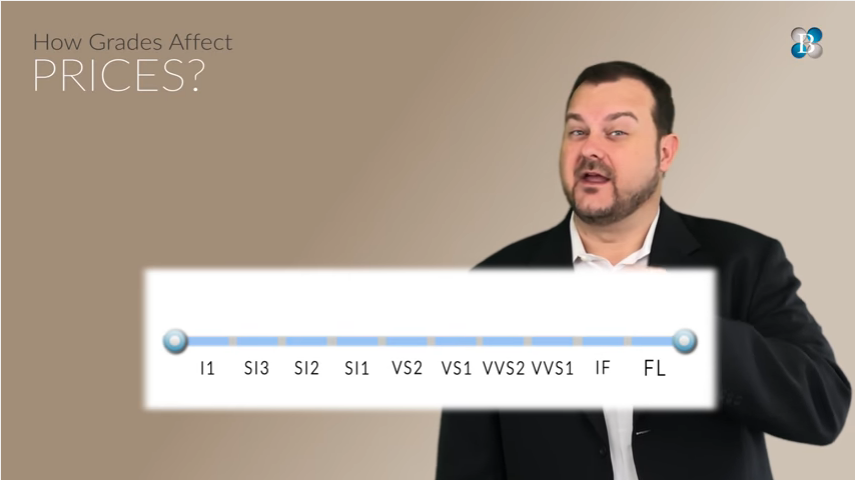 Guide to Diamond Clarity
Guide to Diamond Clarity
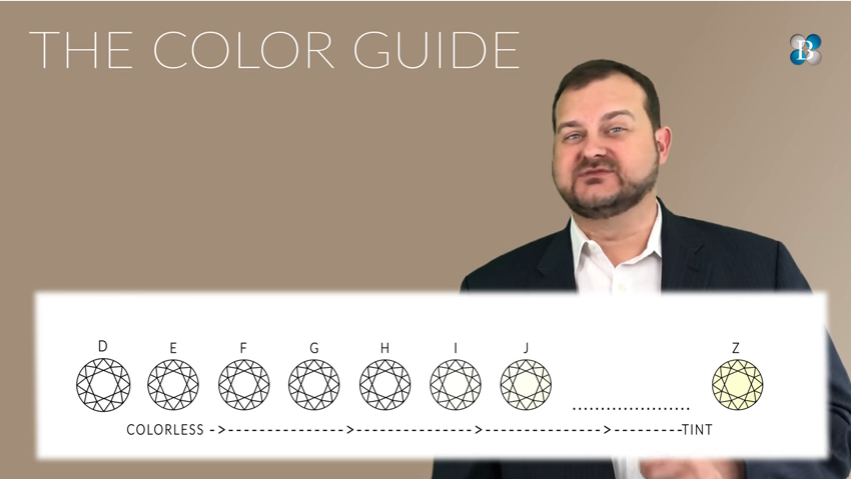 Guide to Diamond Color
Guide to Diamond Color
 Guide to Diamond Shapes
Guide to Diamond Shapes
 Jewelry Gifts for Birthdays and Anniversaries
Jewelry Gifts for Birthdays and Anniversaries
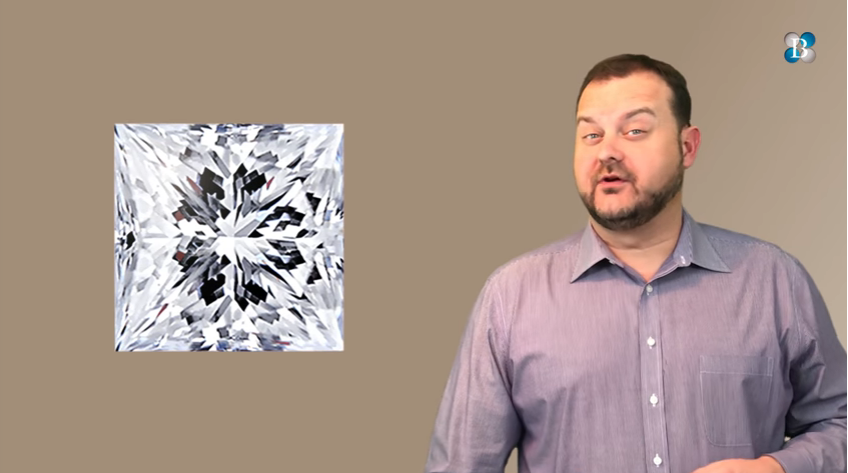 Princess Cut Guide
Princess Cut Guide
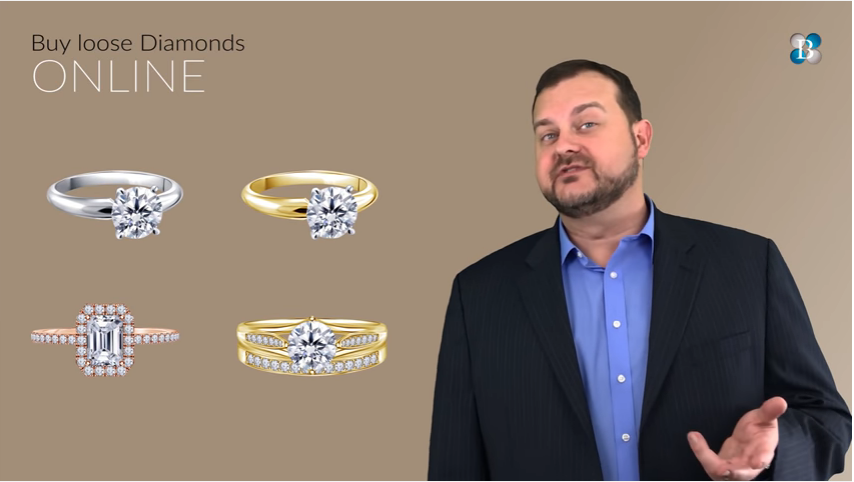 How to Save on Engagement Ring Shopping - Part 2
How to Save on Engagement Ring Shopping - Part 2
 Engagement Ring Design - Ring Shank
Engagement Ring Design - Ring Shank
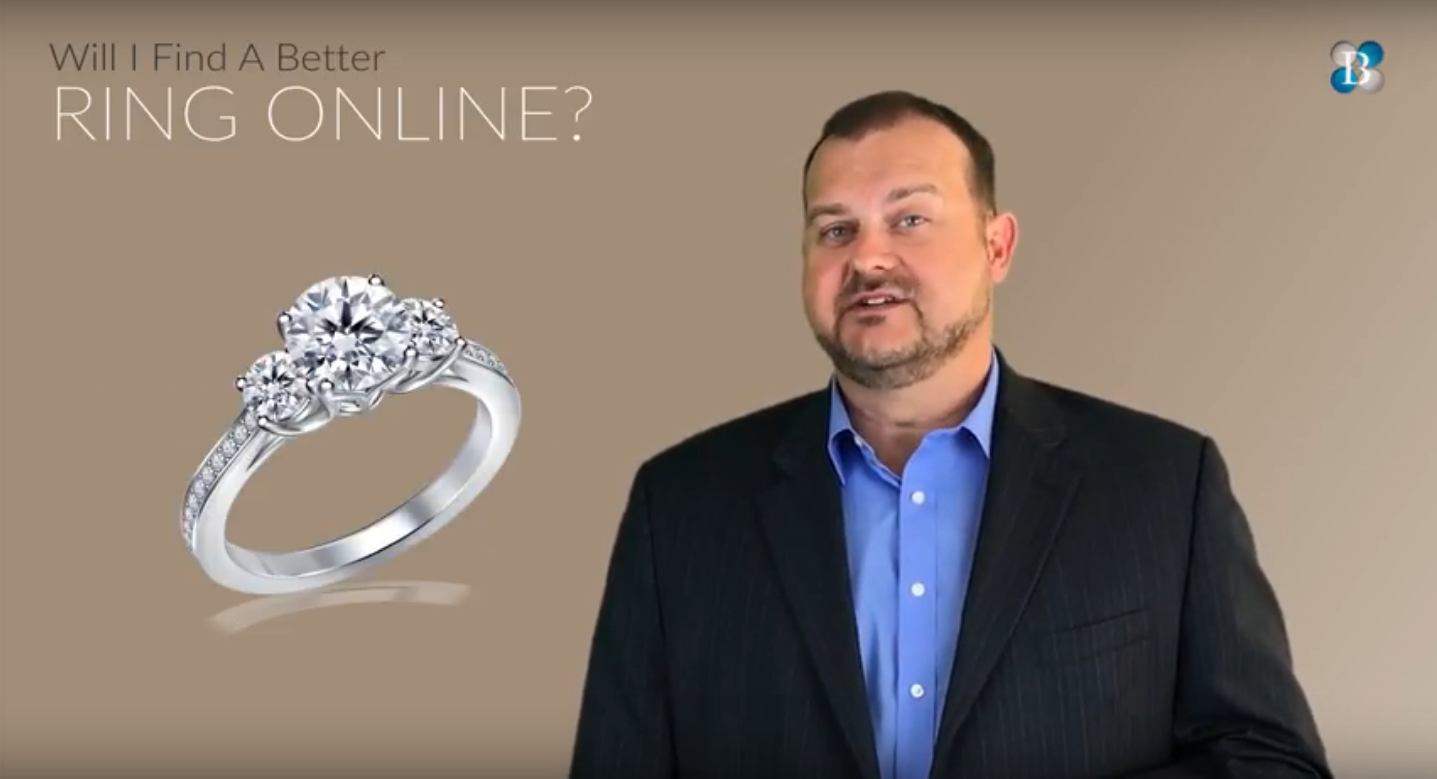 Buying an Engagement Ring - Part 1
Buying an Engagement Ring - Part 1
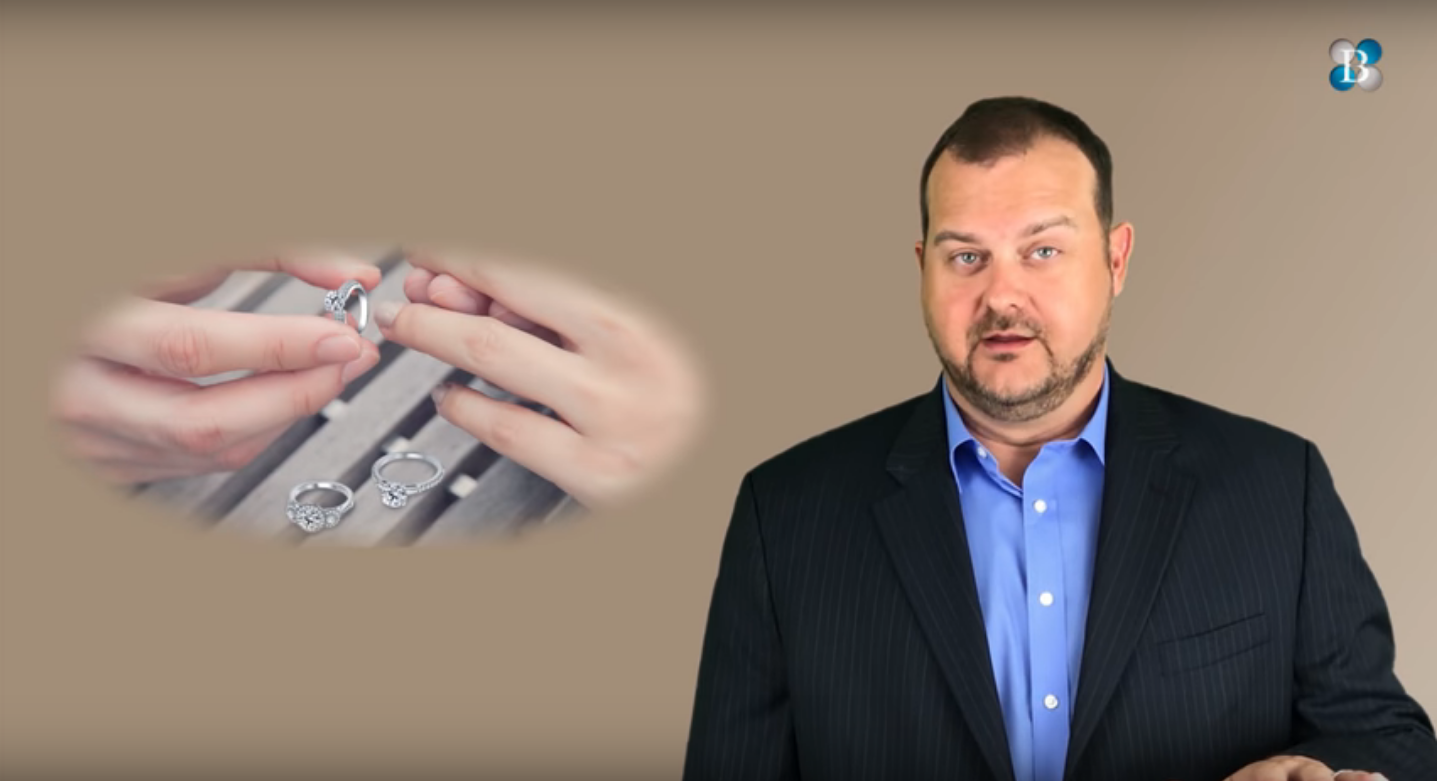 Buying an engagement Ring - Part 2
Buying an engagement Ring - Part 2
 Engagement Ring Settings - Part 1
Engagement Ring Settings - Part 1
 Guide to Diamond Cut
Guide to Diamond Cut
 Round Brilliant Cut Guide
Round Brilliant Cut Guide
